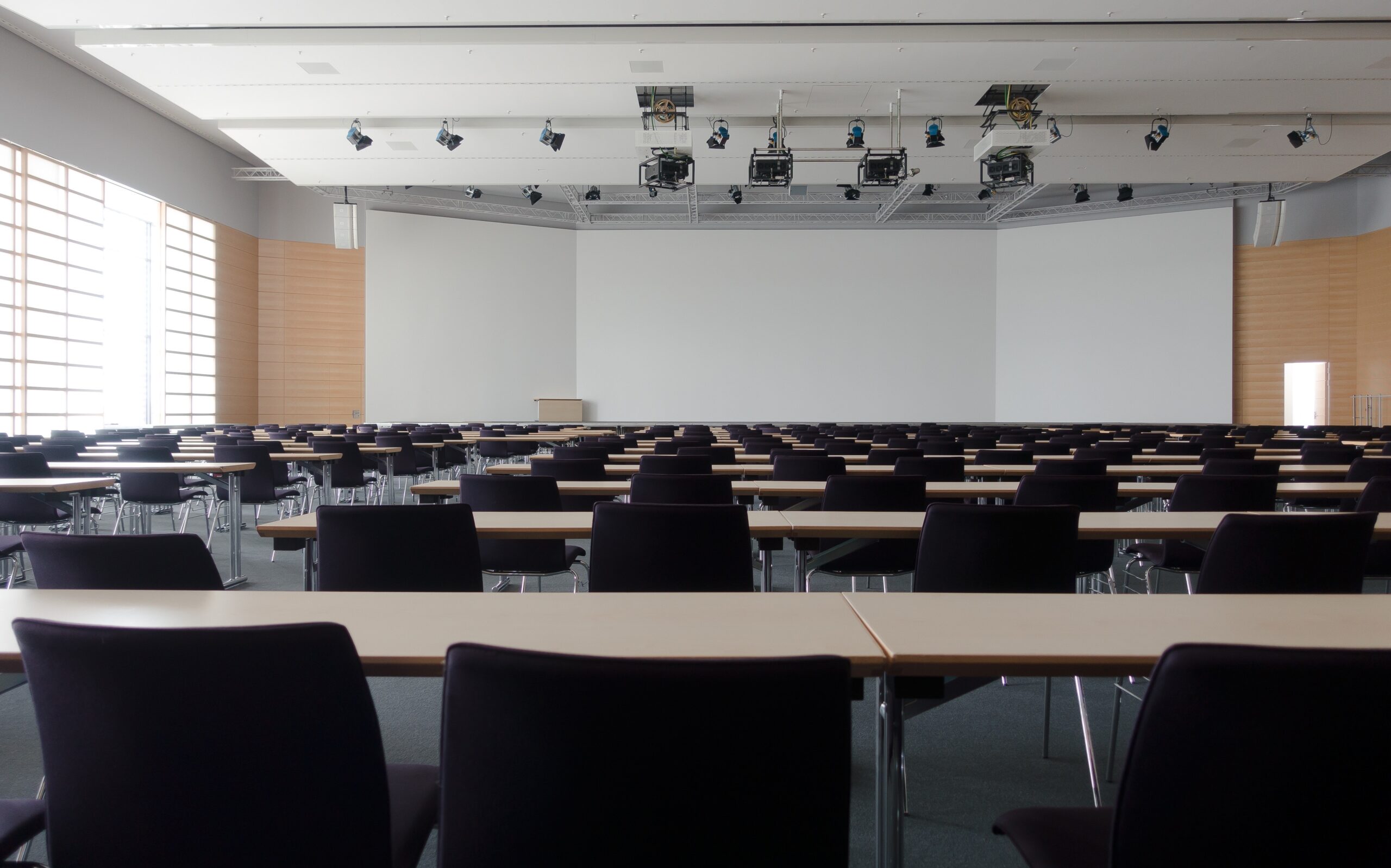
A national study of public high school principals conducted by the Institute of Democracy, Education and Access at UCLA and by the Civic Engagement Research Group at UCR brings attention to the degree to which partisan leaning of the communities surrounding schools is related to important social and political dynamics in the schools. As part of this larger research, the Educating for a Diverse Democracy research team sampled a survey of 150 California high school principals in the summer of 2022 and conducted follow up interviews with 9 of these principals. The 150 sample size was representative of the state in terms of student race, free and reduced lunch enrollment, geographic location, and partisan leaning of the surrounding community.
The study compares schools in Blue California communities, where the 2020 vote for Donald Trump was less than 45%, to schools in Purple California communities, where the 2020 votes for Donald trump was between 45% and 54.9%. Since California included only 2 Red congressional districts in which the 2020 vote for Donald Trump was 55% or more, the report could not consider the small number of schools in such communities as a separate data.
Almost two thirds (65%) of California principals surveyed reported local political conflicts over educational issues. Parents or community members have sought to limit or challenge: Teaching about issues of race and racism (51%); Policies and practices related to LGBTQ student rights (49%); Student access to books in the school library (27%); or Social Emotional Learning (30%). These figures are almost identical to the proportion of principals who reported community level conflict across the United States.
Principals in Purple communities were more likely to report conflict than those in Blue communities. Principals in Purple communities more frequently reported community conflicts related to LGBTQ issues (28% to 12%), teaching or learning about issues of race and racism (28% to 16%), and school library books (14% to 5%). Four out of ten (42%) of California principals reported that the community conflict level during the 2021-2022 school year increased compared to the school year prior to the pandemic. While two percent of California principals said it was less.
The increased political conflict often resulted from intentional and organized effort that targeted Purple communities in particular and some parents were connected to conservative national organizations such as “Moms for Liberty,” aggressively challenging and even threatening educators over policies and curriculums on race, LGBTQ, and other issues. There are reports that parents and community members have been spreading misinformation and using violent rhetoric in order to gather support for their case and see their demands be met by educators.
Principals in Purple communities were more than twice as likely than principals in Blue communities to report students making demeaning or hateful remarks to liberal or conservative classmates. 93% of California high school principals in Purple communities reported that the political division at their school increased since the beginning of the pandemic. None have reported that the school environment has gotten better.
Intolerant behavior has significantly increased since the pandemic. More than a third of California principals reported that hostile remarks have been directed at White students (36%) or Asian American/Pacific Islander (41%). 50% of California principals reported racist statements directed at Latinx students and 66% of principals reported these remarks were about African American students. African American students only make up 5% of all students enrolled in California public schools however are the recipient of hostile and demeaning remarks more often than any other groups of students.
Educational ecosystem concerning community conflict and student hostility in California public schools is reported to reflect patterns across the nation. The proportion of California principals making reports about teaching issues of race and racism, LGBTQ student rights, access to library books, and Social Emotional Learning reflects the proportion of principals who experience these challenges nationally. Purple communities are most likely to experience these challenges frequently and face hostile behavior amongst students.
However, there were a few differences between the national data and California. While heightened political conflict in Purple communities saw diminished effort to address these issues nationally, this pattern was not reflected in California. California Purple communities were equally likely to speak out about the importance of LBGTQ student rights. Nationally, school and district leaders in Purple communities were 20% less likely than in Blue communities to provide educational support that exposed students to diverse histories and literature.
In California, schools were actually 5% more likely to offer professional development to support learning about the literature and history of a diverse group of people than in Blue communities. The report suggests the state policies supporting LGBTQ rights and Ethnic Studies in California, which encourage practices associated with education for diverse democracy, and California’s Ethnic Studies requirement for high school graduation, that creates a clear incentive for schools and districts to create conditions to ensure student success, explains why local political conflict had less drastic impact in California.
There is clearly, according to the study, a pressing need to build strong learning environments where students are engaged as agents in creating a more caring and respectful school culture. The report recognizes the wider effort that is necessitated in order to develop commitments to robust civil liberties, capacities for respectful evidence-based dialogue, and opportunities for an intersectional engagement with their learning communities.









